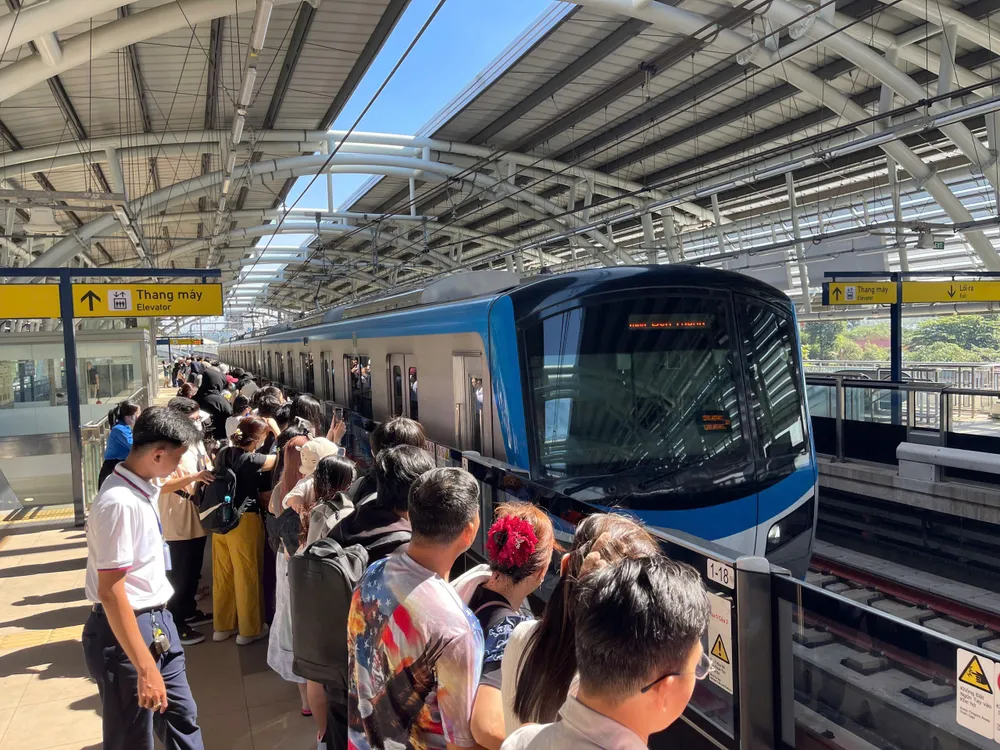
The merger of the three most dynamic localities in the South is not simply a matter of combining three geographical names into one administrative map, but also opens up a new development space with a natural area of over 6,770km2 and a population of over 13.7 million people, creating a development entity of regional megacity scale, with influence and influence domestically and internationally. This merger helps optimize the strengths of each locality, creating a closely linked region, complementing each other in industry, services, logistics, seaports, energy and marine tourism .
Establish new development space
Dr. Nguyen Sy Dung, former Deputy Head of the National Assembly Office, commented that Ho Chi Minh City is already the largest economic center in the country; the additional resonance from Binh Duong (the capital of the processing and manufacturing industry) and Ba Ria - Vung Tau (the sea gateway and energy center) will help the new Ho Chi Minh City become a true economic locomotive of the Southeast Asian region. The important thing is that the new Ho Chi Minh City must play the role of a regional linkage center, developing according to a multi-center model with Thu Thiem as the financial center, Binh Duong as the high-tech industrial center, Ba Ria - Vung Tau as the logistics, seaport and renewable energy hub, etc.
More importantly, the new Ho Chi Minh City will be a new model of a smart, sustainable city, where technology, institutions and people work together to create a development space that is both modern, socially connected and preserves cultural identity. The construction of strategic economic corridors such as Ho Chi Minh City - Bien Hoa - Dau Giay; Ho Chi Minh City - Thu Dau Mot - Bau Bang; Ho Chi Minh City - Cai Mep - Long Thanh will be strategic breakthroughs to help this megacity make a strong breakthrough in the coming decade.
Another key point is to create space for creativity. Dr. Nguyen Sy Dung further analyzed that the new Ho Chi Minh City cannot rely solely on resource exploitation or traditional industrial production, but must become a creative city - where every individual and organization can contribute ideas, start a business, and innovate. The city needs to establish forums and platforms to attract and honor development initiatives from all social sectors, both domestic and foreign, turning "creativity" into the main driving force of growth.
In addition, the implementation of Resolution No. 57-NQ/TW of the Politburo on breakthroughs in science, technology, innovation and national digital transformation will be the "key" for Ho Chi Minh City to catch up with global trends.
Synchronize breakthrough solutions
After the merger, Ho Chi Minh City is facing unprecedented opportunities, but at the same time, it also has to face significant challenges. To turn potential into reality, a series of breakthrough solutions are needed, both in terms of institutions, governance and resource mobilization. Associate Professor, PhD, National Assembly delegate Tran Hoang Ngan, Assistant to the Secretary of the Ho Chi Minh City Party Committee Nguyen Van Nen, emphasized that the merger not only expands the development space, but also crystallizes and supports the potentials and strengths of the three localities into a new, modern "locomotive", capable of pulling the entire southern economy up.
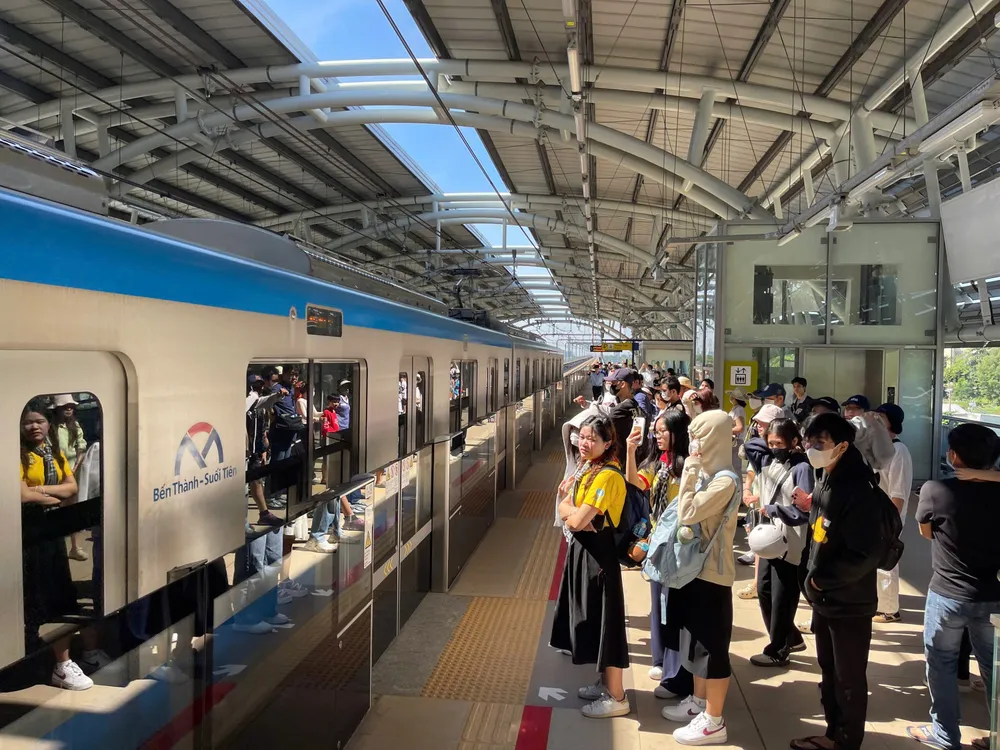
With this model, Ho Chi Minh City can contribute up to 1/4 of the country's GDP, 1/3 of the total budget revenue and more than 1/5 of import-export turnover. However, to operate effectively, it is necessary to continue to maintain the current specific mechanisms and policies of Ho Chi Minh City, especially continuing to implement Resolution No. 98/2023/QH15 of the National Assembly on piloting a number of specific mechanisms and policies for the development of Ho Chi Minh City for the new Ho Chi Minh City. Along with that, it is necessary to give initiative to each area, not allowing excessive centralized control to hinder development.
An important solution is to establish an expanded Ho Chi Minh City Regional Development Coordination Board, which will act as a “regional government” with the authority to plan overall planning, regulate investment, allocate resources and monitor implementation. Dr. Nguyen Sy Dung believes that this model must have sufficient authority to coordinate between provinces, have its own budget and report directly to the Government - similar to regional councils in France, Germany or the federal urban model in the US.
In addition, build an integrated big data platform from three localities, forming a "unified smart urban management" system on a mega-urban scale. Deploy comprehensive digital government, from the city level to each ward and commune; simplify procedures to the maximum, digitize processes to serve people and businesses.
In addition, the new megacity needs to take the lead in innovating its governance model. With its particularly complex scale, the new Ho Chi Minh City must play a role in testing institutions, building a streamlined two-tier urban government, developing digital government, and applying big data in planning, traffic, environment, and public service management. This is an inevitable requirement to operate a giant urban entity, where the population, area, and economy far exceed the traditional city model.
Mr. Nguyen Quang Huan, National Assembly delegate, Vice Chairman of the Vietnam Association of Private Entrepreneurs, noted that Ho Chi Minh City, Binh Duong and Ba Ria - Vung Tau currently have bottlenecks in land fund, infrastructure, and logistics when standing alone. The merger creates a large development space, helping Binh Duong, which is not adjacent to the sea, to take advantage of the deep-water seaport infrastructure of Ba Ria - Vung Tau.
Along with that, Ba Ria - Vung Tau is supported with the strength of science and technology, human resources, and industry from Ho Chi Minh City and Binh Duong. However, Ho Chi Minh City should establish a strong decentralization mechanism, avoiding the "top-down" model, but should encourage each locality to proactively exploit its own strengths, develop in a directional, harmonious and non-discriminatory manner.
Overall, the new Ho Chi Minh City carries great expectations: to become the engine of national growth, a model of smart - sustainable - regionally synergistic urban areas, and a destination for global capital flows, technological knowledge and international talents. However, to develop in the new era, the city must be more proactive in renewing its thinking, reforming its institutions, and creating a more favorable environment for all resources to be mobilized, connected and maximized. Only then will the megacity of Ho Chi Minh City truly become a symbol of a modern, dynamic, integrated Vietnam, contributing to further enhancing the country's position in the international arena in the 21st century.
Mr. NGUYEN MINH DUC, Deputy Chairman of the National Assembly's Committee on National Defense, Security and Foreign Affairs
The new Ho Chi Minh City will be a very special, very large city, combining the advantages of the current Ho Chi Minh City with Binh Duong, Ba Ria - Vung Tau, creating a very smart, sea-oriented logistics system. Binh Duong will become the capital of the concentrated industrial production area, a dry port to concentrate goods, then transfer to Ho Chi Minh City, Ba Ria - Vung Tau with seaports. This will create an open space, no longer hindered; and the goal of regional connectivity that we previously aimed for when having to go through provinces and cities with different mechanisms will now be unified. Therefore, there needs to be unity from the new Ho Chi Minh City Party Committee, ensuring that Ho Chi Minh City will grow very strongly, very quickly, solving current problems in administration, geography, and infrastructure.
Dr. TRAN DU LICH, Chairman of the Advisory Council for the implementation of Resolution No. 98/2023/QH15 of the National Assembly
The merger of Binh Duong, Ba Ria - Vung Tau with Ho Chi Minh City to form a new Ho Chi Minh City is to create economic development momentum not only for the Southeast region but also for the whole country. In the future, the relationship between the new Ho Chi Minh City and the new Dong Nai is extremely important. Therefore, the new Ho Chi Minh City needs to have a strategic connection with the new Dong Nai, because according to the Southeast region planning, the industrial urban corridor of this area runs through Binh Duong, Ho Chi Minh City, Dong Nai and Ba Ria - Vung Tau. On this corridor, there needs to be a unified policy for mutual development. If we can do so, we will truly have a "gravity mechanism" for the whole region, helping to develop more strongly.
Dr. BUI NGOC HIEN, Ho Chi Minh City Academy of Officials
The merger of three localities creates an unprecedented development space, helping Ho Chi Minh City solve long-standing problems such as lack of land fund, limited infrastructure, and reduced investment attraction. After the merger, Ho Chi Minh City can restructure urban space, plan clear functional zones, develop a knowledge-based economy, innovate, attract new-generation foreign direct investment (FDI); at the same time, relocate old industrial parks to the outskirts to make room for high-quality services, international innovation, education, and healthcare centers. This not only accelerates development but also improves the quality of urban life.
Source: https://www.sggp.org.vn/hop-nhat-tinh-binh-duong-ba-ria-vung-tau-va-tphcm-hinh-thanh-sieu-do-thi-thong-minh-bai-1-tphcm-mo-rong-vuon-minh-phat-trien-post798680.html









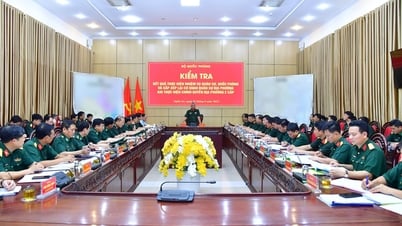

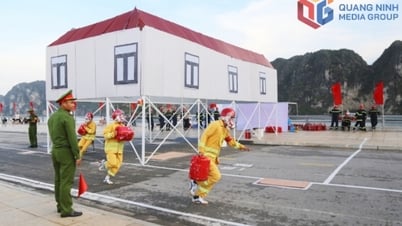





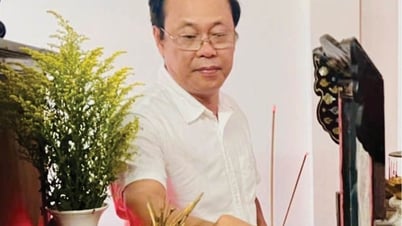






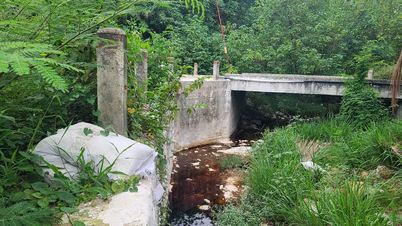
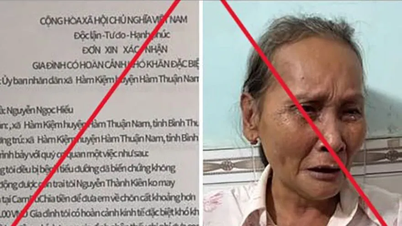
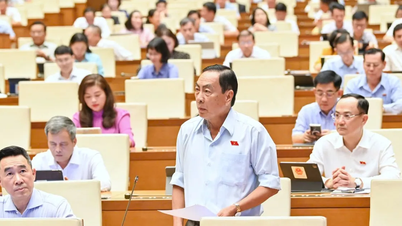

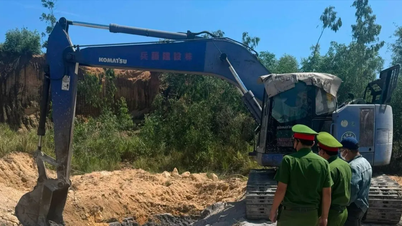


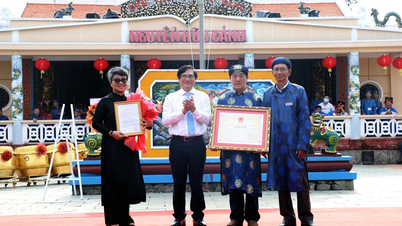












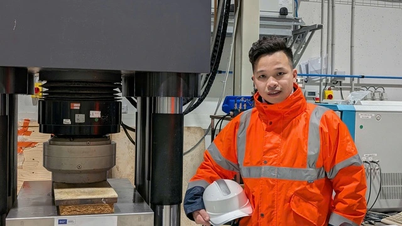





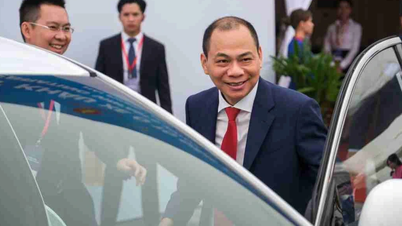
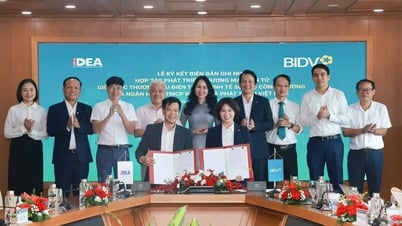

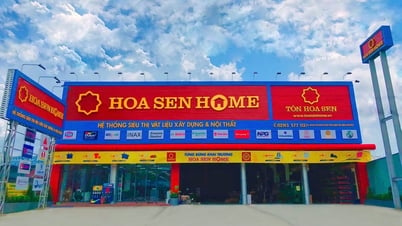

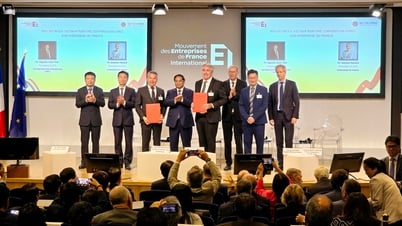

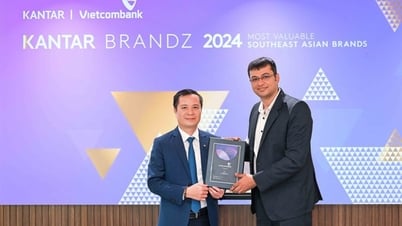





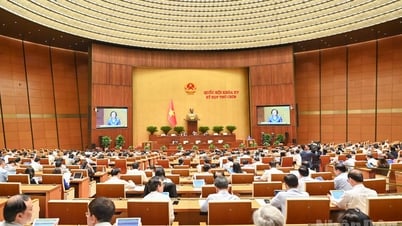

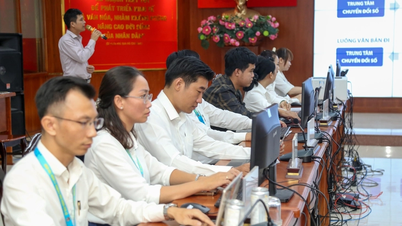







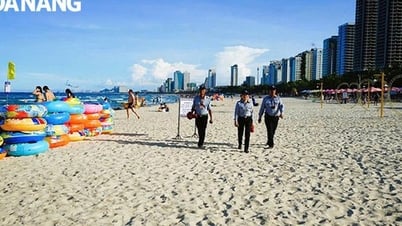


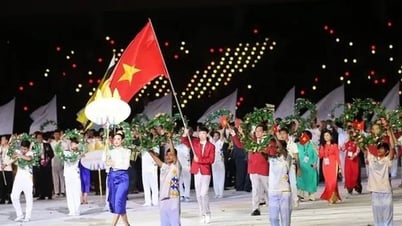

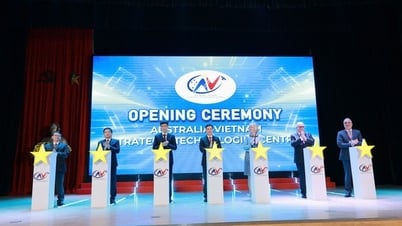








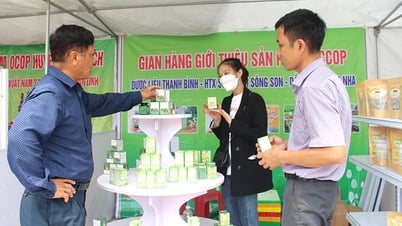



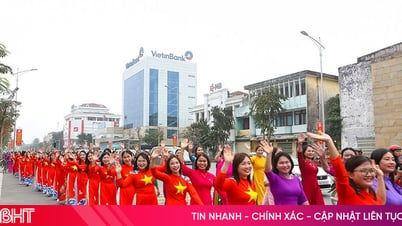


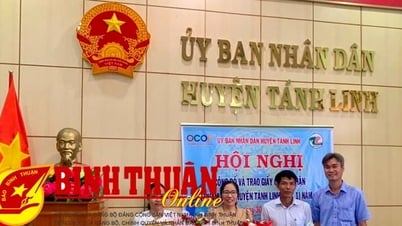

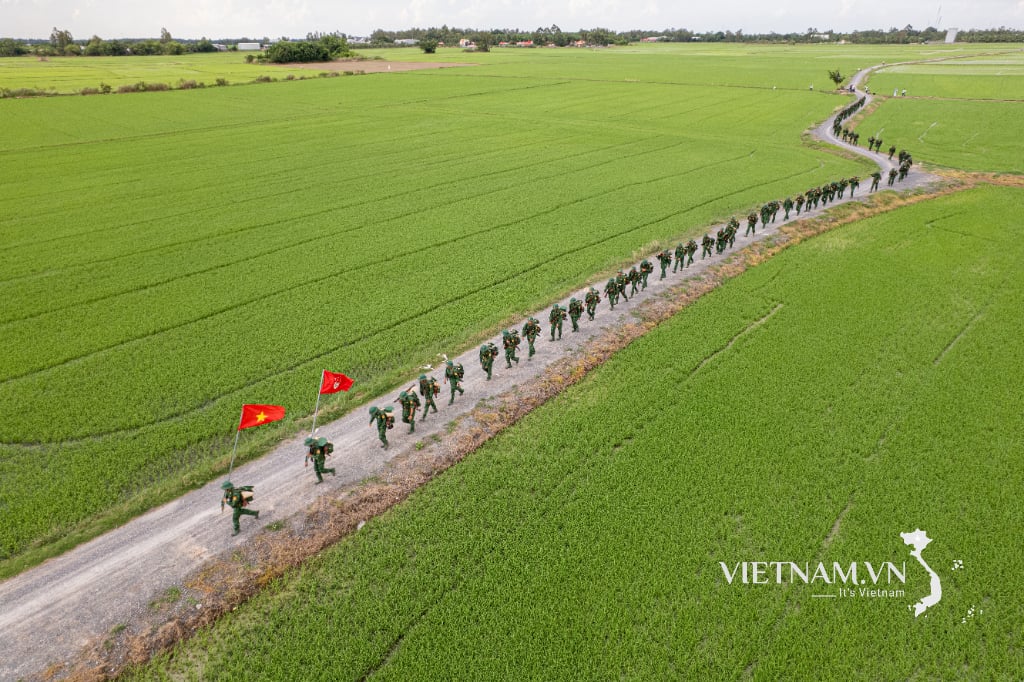



Comment (0)